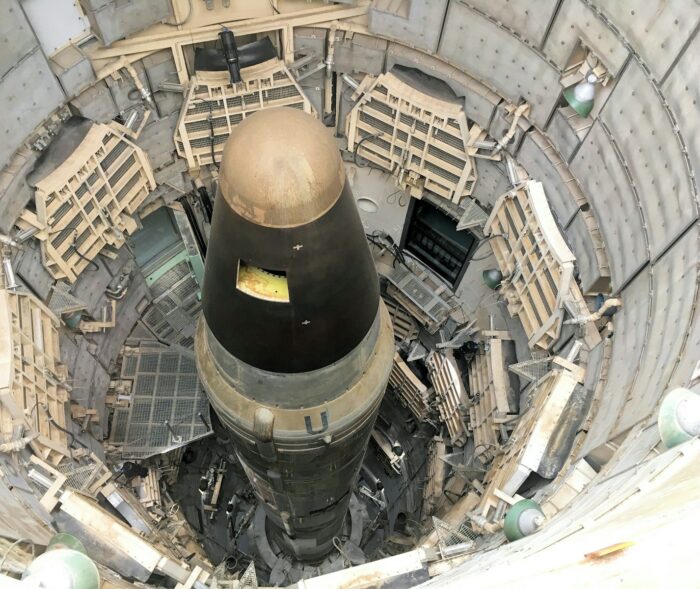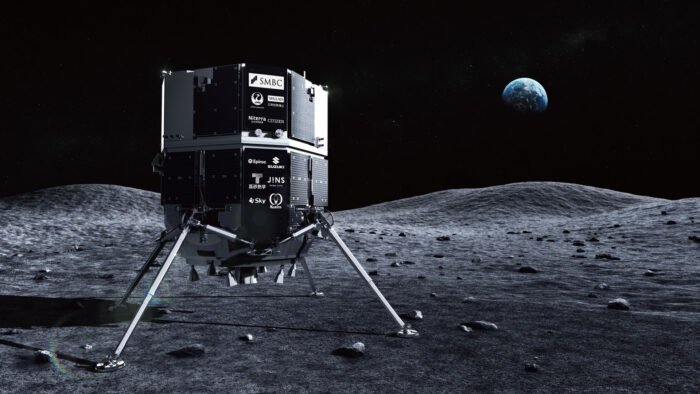In response to the escalating demand for space applications, the China Aerospace Science and Industry Corporation (CASIC) is undertaking an ambitious project to establish a very low Earth orbit satellite constellation. CGTN’s Wu Lei talked with Zhang Nan, CASIC’s chief designer for the constellation, and Professor Shao Yuanzheng from Wuhan University’s Institute of Aerospace Science and Technology, to gain insights into this groundbreaking initiative.
Cutting-edge Services
Low Earth orbit (LEO) satellite constellations have gained significant attention worldwide, with numerous global space companies developing their own versions. CASIC’s constellation, comprising over 300 satellites, is set to operate at altitudes lower than the typical 500 km, offering instant remote sensing capabilities and a range of cutting-edge services.
Zhang Nan explained the advantages of operating in a lower orbit, stating:
“If the satellite is in a lower orbit, the remote sensing cameras can be made smaller to achieve a higher resolution photo. We aim to provide a one-stop solution for remote sensing, communication, and computing, catering to the diverse needs of users.”
By leveraging the capabilities of this intelligent satellite constellation, CASIC intends to revolutionize various fields, including emergency rescue, fire monitoring, disaster prevention, and education. The constellation will empower users worldwide by providing faster and more accurate services.
Self-reliance
One key factor that sets CASIC’s project apart is its commitment to self-reliance. CGTN reported that the assembly, integration and testing of all the small satellites will take place at CASIC’s own factory, showcasing China’s dedication to developing its domestic space technology industry.
“Our current plan is to complete a 300-satellite constellation by 2030, providing a 15-minute data service level to our users,” continued Zhang Nan.
This ambitious timeline demonstrates China’s determination to swiftly meet the demands of the market and offer unrivalled capabilities in the realm of remote sensing.
Professor Shao Yuanzheng, on the other hand, emphasized the need for high-frequency remote sensing data support in various domains, such as natural resource surveying, new urban governance and the digital economy.
“If the data update frequency can be increased to less than one hour,” he noted, “it is bound to spur a lot of innovation and unlock new applications.”
Falling Short of Demand
China already boasts a satellite fleet of over 500, with more than half dedicated to remote sensing. However, the current volume of data and speed of remote sensing satellites fall short of meeting market demands, despite their wide use.
The Chinese space industry is keen to address this limitation and usher in a new era of remote sensing capabilities. CASIC’s very low Earth orbit satellite constellation aims to bridge the gap, offering higher resolution imaging, faster data access, and an extensive array of services that cater to the evolving needs of users worldwide.
As the global space market witnesses a surge in LEO satellite constellations, CASIC’s bold endeavour reflects China’s commitment to staying at the forefront of space technology innovation. By harnessing the potential of this constellation, the nation is poised to reshape remote sensing applications, revolutionize data services, and open doors to new possibilities in numerous sectors.
With CASIC’s vision and expertise driving this initiative, the world eagerly awaits the transformation that China’s very low Earth orbit satellite constellation will bring, as it blazes a trail toward a more interconnected and technologically advanced future.
SOURCE: CGTN
Featured image: ‘Advanced remote sensing satellite constellation to be built by 2030.’ Credit: CGTN
Share this article:










